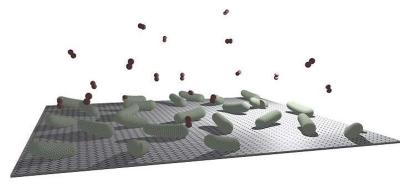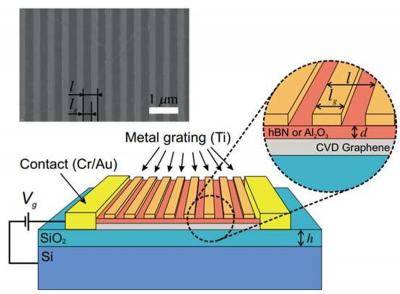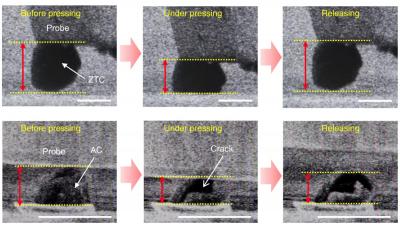
by MBF Admin | Jul 3, 2019 | 2D materials, Aerospace, AGM, Angstron Materials, Audio, Development, Fuel Cells, Graphene applications, Graphene Oxide, Investment, Products, Research, Technical / Research
Researchers from KAUST show that microbes and nanomaterials like graphene can be used together to form a biohybrid material that performs well as an electrocatalyst. The tea, says that such materials could be used in the solar-powered production of carbon-free fuels...

by MBF Admin | Jul 2, 2019 | 2D materials, Aerospace, AGM, Angstron Materials, Audio, Development, Graphene applications, Graphene Sensors, Investment, Products, Research, Technical / Research
Researchers from the Moscow Institute of Physics and Technology (MIPT) and Valiev Institute of Physics and Technology in Russia have demonstrated resonant absorption of terahertz radiation in commercially available graphene. The team declared this to be an important...
by MBF Admin | Jun 24, 2019 | 2D materials, Aerospace, AGM, Angstron Materials, Audio, Development, Graphene applications, Investment, Medicine, Products, Research, Technical / Research
Purdue University researchers have found that adding a graphene monolayer to devices that protect the platinum microelectrodes of implantable neurostimulation devices can improve the lifetime and reliability of such devices, for the benefit of millions of people who...

by MBF Admin | Jun 24, 2019 | 2D materials, Aerospace, AGM, Angstron Materials, Audio, Development, Graphene applications, Investment, Products, Research, Technical / Research
Researchers from Tohoku University, Nissan Motor, Shinshu University and Okayama University have used graphene to make a significant discovery in the quest to replace hydrofluorocarbons in refrigeration systems with natural refrigerants such as water and alcohol.Their...
by MBF Admin | Jun 23, 2019 | 2D materials, Aerospace, AGM, Angstron Materials, Audio, Development, Graphene applications, Graphene Sensors, Investment, Medicine, Products, Research, Technical / Research, Transistors
Researchers at Osaka University have invented a graphene-based biosensor to detect bacteria such as those that attack the stomach lining and that have been linked to stomach cancer. When the bacteria interact with the biosensor, chemical reactions are triggered which...

by MBF Admin | Jun 23, 2019 | 2D materials, Aerospace, AGM, Angstron Materials, Audio, Development, Graphene applications, Graphene Sensors, Investment, Medicine, Products, Research, Technical / Research
Researchers at The University of Texas at Austin have developed a graphene-based wearable device that can be placed on the skin to measure a variety of body responses, from electrical to biomechanical signals.The device is so lightweight and stretchable that it can be...





